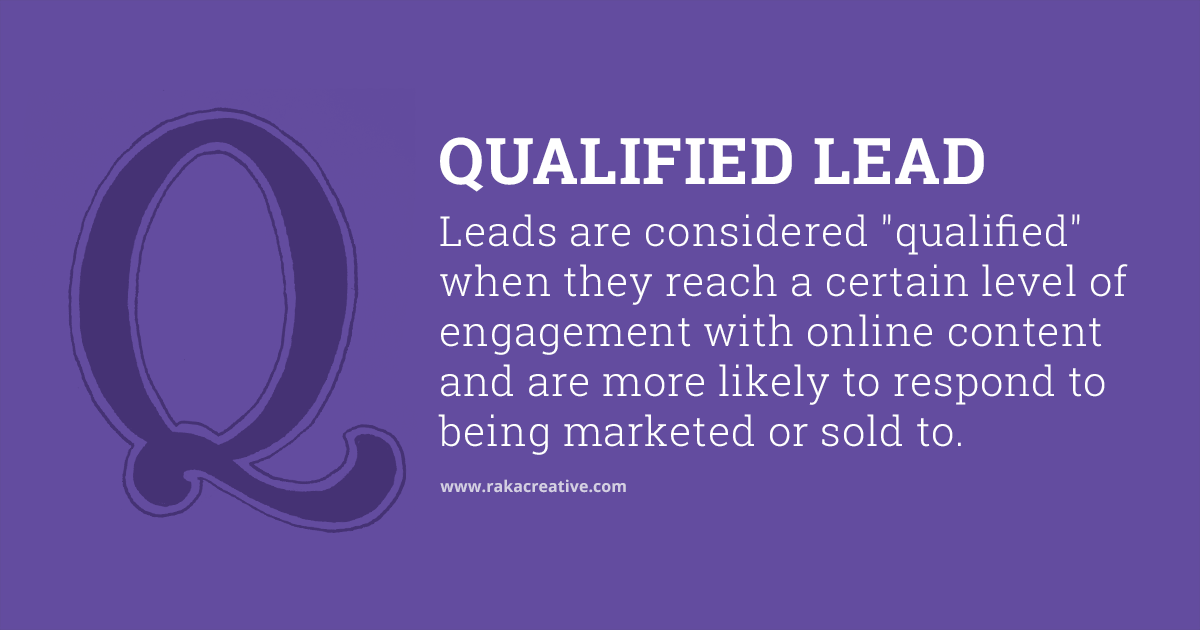You know, this inbound marketing dictionary is fun to write because we get to learn along with our readers. I could say I knew what URL stands for before writing this blog post, but as a wise young man once said via lines written for him in a television script: “Friends don’t lie.”
Tell me more
The reason no one knows what URL stands for is because we don’t need to know to mess around on the internet. Consider https://www.rakacreative.com.
According to people who care, there are two components to every URL:
- The protocol identifier: http
- The resource name: rakacreative.com
You’re on the internet now and you’re reading this blog post on rakacreative.com. Did you need to know about protocol identifiers and resource names to arrive here? Nope.
But it’s time for this blog post to take a dramatic turn: You need to be one of those people who care about URLs.
Why a URL is important to marketers
URLs are the foundations of your web pages and can help them rank in search.
That’s right, there’s a type of SEO called on-page optimization that focuses only on web pages and their HTML elements. This is where your URLs can pull some weight.
If you never gave a thought to your site’s URLs before and now have no idea where to start optimizing, don’t worry. There are well-documented SEO best practices for URLs out there for you to learn from.
Here are a few of our favorites:
Use keywords
Microsoft coined the term “domain bias” in 2012 after studying the qualities that make a domain name seem more reliable to consumers. According to the study, searchers are 25 percent more likely to click on exact-match domains. What’s more, Microsoft found users are much less likely to click on a domain that lacks their keywords if the site is unfamiliar—regardless of the site’s content quality.
Match URLs to titles where possible
Guess which URL belongs to Raka inbound content writer Kelly Glista’s post “What TedX Taught Me About Content Marketing:”
A) https://www.rakacreative.com/blog/ids=6182/index.htm
B) rakacreative.com/blog/raka-culture/what-tedx-taught-me-about-content-marketing/
Yup, it’s B, and the reason is expectation management. If someone sent you the second URL, it’s safe to say you’d know what you’re getting when you click on it. And people like to feel safe on the internet.
Sometimes a shorter title can still create proper expectations for the content it’s delivering. For example, our blog post entitled “Content Marketing Dos and Don’ts for Holidays” has a URL that looks like this: rakacreative.com/blog/content-marketing/holiday-content-marketing.
Limit redirects
Redirecting one URL to another is sometimes necessary and search engines can take one hop easily enough. But try to redirect a URL two or more times and you might find yourself in trouble. Going to one page only to be redirected to another—and another and another—can seriously slow your page speed. Mobile users will feel this pain, especially as their available networks are less reliable to begin with.
Google actually advises that you “Never require more than one redirect to get to any of your resources” and not just because of page speed. According to the search engine giant, web pages can lose close to 15 percent of their organic traffic with each redirect.
So you see, a URL packs a pretty big punch for just three little letters (and whatever it is they stand for).
If you skimmed this post…
A URL, which stands for Uniform Resource Locator, is a protocol for specifying resources on the internet.
Want to learn more awesome inbound marketing terms? Check out our Inbound Marketing Definitions page.






